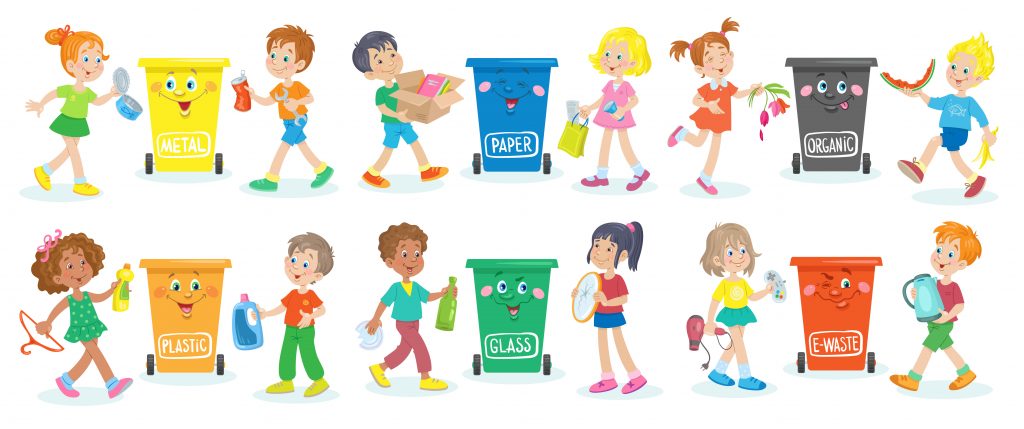
Creating an eco-friendly Early Years setting
How to create an eco-friendly setting for the Early Years

According to the UN, global emissions have increased by 50% since 1990, and 22% of animal breeds are at risk of extinction. Future sustainability depends on the next generation and their understanding of how important it is to look after the planet. Those who work in an Early Years setting can support children to respect the environment and become environmentally responsible by creating a culture of sustainability.
Ideas for an eco-friendly Early Years setting
You don’t have to take a big bang approach. There are lots of simple things you can do to improve children’s awareness of the environment and respect for our planet. Getting them actively involved with sustainability activities and practices will encourage sustainable thinking.
As children copy our behavior, leading by example is a crucial to the success of any initiatives you implement. Simple actions such as introducing reusable materials and turning off the lights when leaving a room go a long way. Below you’ll find some more ideas to help your Early Years setting more sustainable.
Recycle
Many children will be familiar with different bins being used for recycling. You could set up a mini recycling center by providing different child-sized bins with pictures on them of the items that go in them. They’ll get to see what is recycled the most. You can also talk them through the recycling process and how to reduce the use of different materials like plastic.
Reuse
Think beyond the usual collecting toilet rolls and plastic cartons to use for craft activities. Set up a ‘reuse’ table where any unwanted items, such as books, games, and stationery can be used by those who want them. You could even reuse items like tires for an activity area if you’ve got an outdoor space.
Reduce paper use
Many children use tablets and computers, so cutting down on paper by using digital devices for learning is an easy way to improve sustainability. There are lots of websites offering resources for Early Years, including interactive reading exercises and maths games.
You can also reduce paper use in your setting by using online resources for some of your admin tasks like staff rotas and learning journals.
Conserve water
Teach children about water conservation by showing them how to half-fill a cup so they don’t waste water by spilling it. Explain how flushing a toilet uses water and show them how to do it properly so they understand about water wastage. And if you’ve got outside space, leave containers out to fill with rainwater, then use them to water plants. It’s a great way to introduce the concept of sustainability to them.
Get outside
Kids love to be outside. If you have space outside, you can get them to help you grow plants in recycled containers. You’ll be teaching them how we can grow our own food and about recycling at the same time. You could also create a minibeast environment like a wormery and explain about their habitat. Take the children on walks to connect them with nature. A walk through the woods can be a wonderful educational experience as well as lots of fun.
Involve parents and carers
Get children’s parents and carers involved in your eco-friendly efforts. Ask for their ideas and suggestions and incorporate them into your setting. And provide them with information about what you’re doing and encourage them to implement some of the practices at home.
You could ask parents to recycle old wellies and pass them on to you for the children to use at school. Or how about setting up a uniform or clothes swap between the children’s families? Parents will usually happily provide jars, recyclable plastics, cereal boxes, and toilet roll tubes for your arts and crafts projects. It’s a great opportunity for them to reinforce what you’ve been teaching the children about recycling and sustainability.
Establishing a sustainability mindset in the early years provides a foundation for environmental responsibility. Children will appreciate the environment and start to understand how it affects their worlds. By creating an eco-friendly environment in your Early Years setting, you can make a big difference in how children view and look after our planet.
If you’ve got any ideas for an eco-friendly environment, please leave them in the comments box below.


Submit your comment